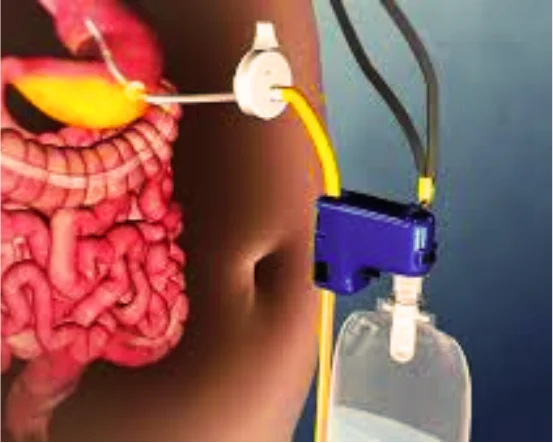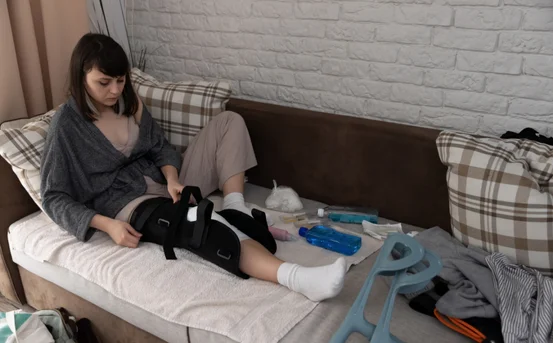In treatment for Drainage System Surgery contemporary surgery, managing the internal drainage of fluids is vital for a smooth recovery and for guarding against infection. Whether the operation involves the abdomen, a joint, or an abscess, allowing excess liquid to escape cuts down on swelling, reduces the risk of germs multiplying, and promotes faster healing.
What is Drainage System Surgery?
Drainage-system surgery involves inserting soft tubes or drains into the body so that surplus blood, pus, or other fluids can leave rather than pool inside. When those liquids stay put, they can breed infection, stir up inflammation, and slow down the entire healing process.
Common types of drains include:
- Passive drains-e.g., Penrose drains- rely on gravity alone to let fluid flow out.
- Active drains-e.g., Jackson-Pratt or Hemovac-create gentle suction that pulls the fluid out.
- Surgeons choose either external or internal tubing depending on where the excess fluid sits and the specific goal of the drainage.
Why Surgeons Place Drainage Systems
Treatment for Drainage System Surgery: Postoperative Care
Surgeons often insert drainage tubes either during or immediately after an operation for several clear reasons:
- Stops Infection
After nearly any procedure, blood, serum, or even pus can pool inside the body. When that fluid sits stagnant, it invites germs and opens the door to severe postoperative infection or abscess.
- Eases Swelling and Pain
Extra fluid pushes against nearby tissues, creating painful pressure and slowing natural healing. A drain removes that buildup, relieving discomfort and allowing the wound to mend more quickly.
- Protects the Incision
Keeping the surgical site clean and dry helps the skin and deeper layers close properly, cutting the risk of dehiscence or reopening.
- Tracks Recovery
The clear collection bags attached to drains let the care team eyeball colour, volume, and odour, alerting them early to bleeding, leaks, or infection so they can act fast.
- Common Surgeries That Use Drainage Systems
- Abdominal procedures such as gallbladder removal or hernia repair
- Orthopedic operations, including joint replacement
- Plastic and reconstructive work
- Cardiothoracic interventions
- Drainage performed on abscesses or cysts
Treatment and Care After Drainage System Surgery
Postoperative care after drain placement includes close observation, regular cleaning, and prompt removal of the device. The key components of aftercare are summarized below:
Monitoring the Drain Output
Patients will be asked to measure and log each volume of fluid collected. Records help the care team decide:
- Whether healing is on track
- If and when the drain can come out
- Signs of fluid that looks, smells, or feels unusual
- Cleaning and Dressing Changes
- Clean the entry point daily with a recommended antiseptic.
- Change dressings as directed to keep the area sterile.
Keep tubing secured to avoid tugging that could loosen or dislodge it.
- Pain Management
Some discomfort or mild aches may develop near the site. Over-the-counter pain relief and light topical gels usually suffice.
- Infection Prevention
Watch the area around the drain for any signs of infection, such as:
- increased redness, warmth, or swelling
- cloudy, foul-smelling fluid
- fever, chills, or general fatigue
- If you notice any of these symptoms, call your doctor right away.
- When to Remove the Drain
Surgeons usually take out a drain once output drops below 30 mL in twenty-four hours. The process is quick, done with minimal tugging, and seldom hurts when performed by a skilled clinician.
Modern Advances in Drainage Treatment
Recent innovations offer less intrusive drains and intelligent systems that alert providers in real-time. Examples include:
- soft silicone drains that sit comfortably and irritate less
- Negative Pressure Wound Therapy (NPWT) that gently sucks away fluid while boosting healing
- portable apps and monitors that let you track output on your phone
- Tips for Patients Recovering from Drainage System Surgery
- Follow your surgical team’s instructions in the letter.
- Avoid yanking, twisting, or pressing on the tubing.
- Stay hydrated and eat healthy to speed repair.
- Log how much fluid is collected and report any jump in volume or foul colour.
- Come to every follow-up visit so the team can check the site and remove the drain.
Risks and Complications
Although surgical drains are usually low-risk devices, a few complications may still arise, including:
- Infection at the skin entry point
- Allergy to the drain material
- Blockage, leakage, or accidental dislodgement
- Skin irritation or slow wound healing
Following your surgeon’s postoperative plan and contacting the team early if something seems off can significantly reduce these dangers.
Conclusion
Placing a drain can be a decisive move that curbs fluid buildup and lowers the odds of deep infection, yet its benefit hinges on attentive aftercare. The procedure is just the first step; what you and your caregiver do following matters just as much.
Tracking the amount and appearance of fluid, keeping the exit site clean, and watching for any odd signs help keep trouble at bay. With diligence, most patients move through the drain phase smoothly and heal fully with minimal fuss.
If you are headed into surgery or are already at home with a drain, ask your doctor or surgical nurse for advice that fits your situation. Quick action and sensible drain care can speed your recovery and give you peace of mind.























